
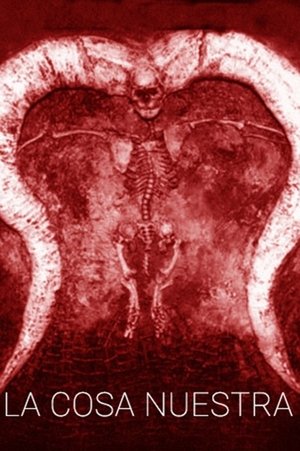
La cosa nuestra(2006)
La Cosa Nuestra is a journey to the most hidden and surreal face of the bovid-bullfighting universe. Fun and tremendous, operating in iconographic cannibalism. It is a work that shows another reading of the national holiday, demystifying it. Confronts the Spanish bullfighting culture with the visions and uses of the bull in other civilizations. This video creation immerses itself in the aesthetic, ritual and cultural universe of the world of bullfighting, rebuilding it critically, but at the same time with healthy irony.
Movie: La cosa nuestra
Top 1 Billed Cast
Voice

La cosa nuestra
HomePage
Overview
La Cosa Nuestra is a journey to the most hidden and surreal face of the bovid-bullfighting universe. Fun and tremendous, operating in iconographic cannibalism. It is a work that shows another reading of the national holiday, demystifying it. Confronts the Spanish bullfighting culture with the visions and uses of the bull in other civilizations. This video creation immerses itself in the aesthetic, ritual and cultural universe of the world of bullfighting, rebuilding it critically, but at the same time with healthy irony.
Release Date
2006-01-01
Average
0
Rating:
0.0 startsTagline
Genres
Languages:
EspañolKeywords
Similar Movies
 0.0
0.0Bullfight(fr)
The film evokes all the aspects of bullfighting - its history, the bulls, the toreros, the arena, the audience - and involves numerous matadors from the era.
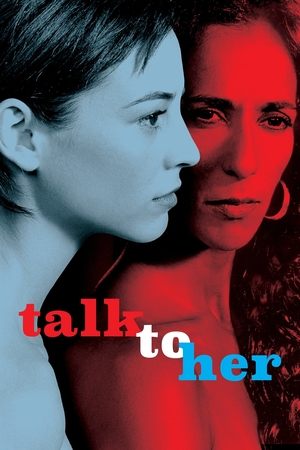 7.6
7.6Talk to Her(es)
Two men share an odd friendship while they care for two women who are both in deep comas.
 6.7
6.7Matador(es)
A conflicted youth confesses to crimes he didn't commit while a man and woman aroused by death become obsessed with each other.
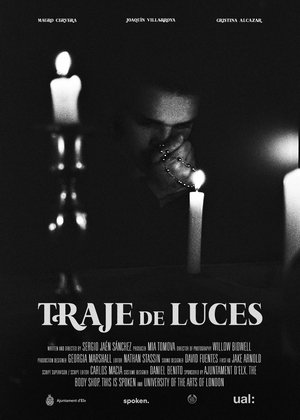 0.0
0.0Traje de Luces(es)
The story is set during the early 1980s in a small town in rural Spain. El Chiqui is a talented young man about to debut in the local bullring, expected to continue the legacy of his family name. But that is not what he truly wants. His secret relationship with a young man from the town, Nicolás, offers an escape from the village, leaving the family pressures behind.
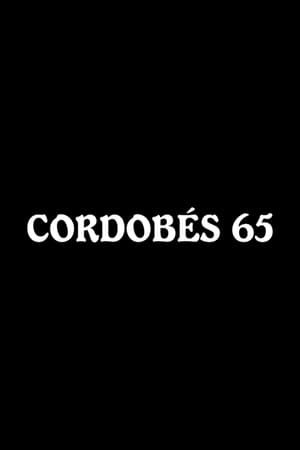 7.0
7.0Cordobés 65(es)
A brief portrait of famous and brave bullfighter Manuel Benítez el Corbobés; an account on still photos of his triumphs and failures.
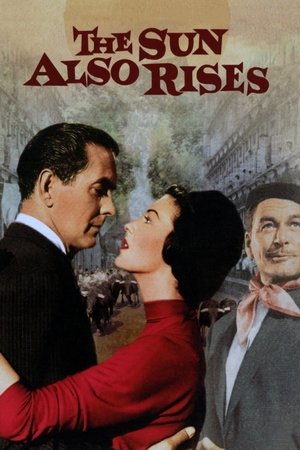 5.9
5.9The Sun Also Rises(en)
A group of disillusioned American expatriate writers live a dissolute, hedonistic lifestyle in 1920's France and Spain.
 0.0
0.0Las Toreras(de)
Jackie Brutsche tries to unravel the dark secrets of her family and answer unanswered questions about her mother.
 0.0
0.0Taurobolium(en)
Have you ever been to the bullfights in Tijuana? Larry Wessel's TAUROBOLIUM is not only cinema verite at it's best, Larry Wessel's TAUROBOLIUM is the best documentary on bullfighting ever made!
 6.4
6.4Blood and Sand(en)
Bullfighter Juan Gallardo falls for socialite Dona Sol, turning from the faithful Carmen who nevertheless stands by her man as he continues to face real danger in the bullring.
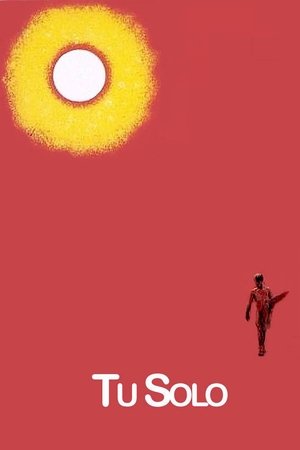 5.3
5.3You Alone(es)
In their spare time, after their studies or their work, children and adolescents between the ages of eight and sixteen meet at the School of Bullfighting in Madrid to learn the Art of Cúchares: Torear. In their stomachs there is no hunger as in the past, their dreams do not lie in having a farmhouse and being famous. Their only dreams are to be in front of a bull, animal with which death goes, fact of which they are fully aware, as their teachers continually remind them. These, retired bullfighters, some by age, others by force and all with their bodies full of scars produced by the horns of a bull. The nude bullfighting scene is fascinating without being exploitive, and it serves as an analogy for the vulnerability these young bullfighters have when in the ring with the bulls.
 6.5
6.5Under the Volcano(en)
Against a background of war breaking out in Europe and the Mexican fiesta Day of Death, we are taken through one day in the life of Geoffrey Firmin, a British consul living in alcoholic disrepair and obscurity in a small southern Mexican town in 1939. The consul's self-destructive behaviour, perhaps a metaphor for a menaced civilization, is a source of perplexity and sadness to his nomadic, idealistic half-brother, Hugh, and his ex-wife, Yvonne, who has returned with hopes of healing Geoffrey and their broken marriage.
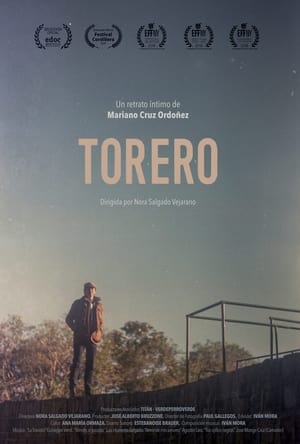 0.0
0.0Torero(es)
Mariano Cruz Ordóñez is an Ecuadorian bullfighter at the end of his artistic career. Mariano was a figure of bullfighting in Ecuador and participated in the most important bullrings of his country and the world. The glory years have passed and prohibitions have arisen regarding bullfighting shows, and the only thing left is, with tenacity and faith, to fight against various adverse circumstances looking for a chance to move foward.
 0.0
0.0Blood Is White(xx)
Based on the negatives of the 33 'La Tauromaquia' engravings made by Goya in 1816, the director invites us to witness the transformation of bodies at the approach of death.
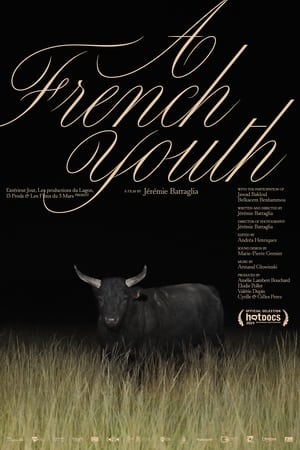 0.0
0.0A French Youth(fr)
In the heart of the Camargue region, in the south of France, Jawad and Belka find freedom in their love of Camargue races. For these young Maghrebi men, the event is more than a simple tradition. Facing off with a bull is an opportunity to establish their place in the arena—and in French society. But at what cost?
Orson Welles in Spain(en)
Orson Welles pitches to potential investors his vision of a largely improvised bullfighter movie about an existential, James Dean type troubadour who sets himself apart from other matadors. In front of an audience of wealthy arts patrons, Welles pontificates on the state of cinema, the filmmaking process, and the art of bullfighting.
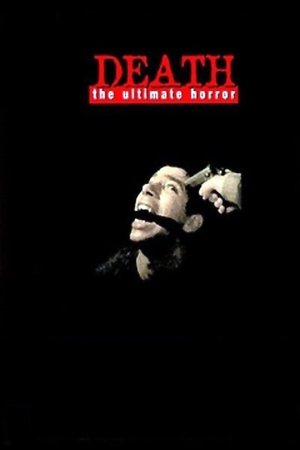 6.3
6.3Death: The Ultimate Horror(en)
This grisly documentary presents horrifying journalistic footage of suicides, assassinations, bombings, mob hits, decapitations, and more in bloody detail. Not for the faint of heart.
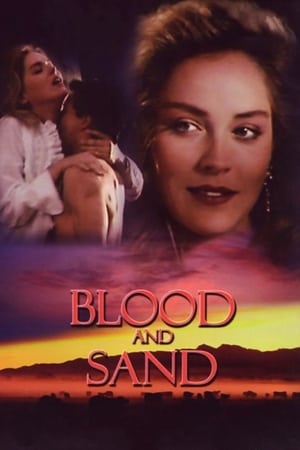 5.1
5.1Blood and Sand(de)
Remake of the tale of an acclaimed matador who finds himself involved with a beautiful woman, jeopardizing both his marriage and career.
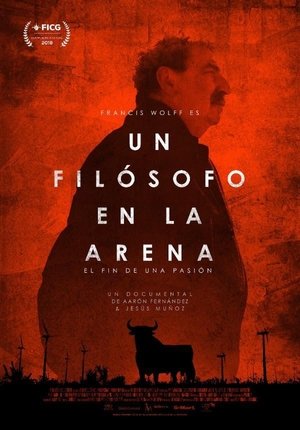 2.0
2.0A Philosopher in the Arena(es)
After his retirement, french philosopher and bullfighting enthusiast Francis Wolff decides to embark on a journey to France, Spain and Mexico joined by two mexican filmmakers who hardly know anything about bullfighting, a culture whose days seem to be numbered. During their road trip, they encounter numerous personalities with whom they reflect on mankind’s relationship with animals and nature, but most importantly on our relationship with death and the meaning of the ultimate journey: life itself.
Torerillos, 61(es)
This short film "Torerillos 61" is one of the first works of the master Patino, which tries to portray the Spanish society of the time outside the state convention and dodging the hand of censorship. Social commitment is the brand director throughout his long career, starting with short films such as this one, made in the early sixties, in the wake of the statements in Talks Salamanca. The sadness off the characters portrayed is bleak, "Maletillas" (aspiring bullfighters) in search of luck to pull them out of poverty.
